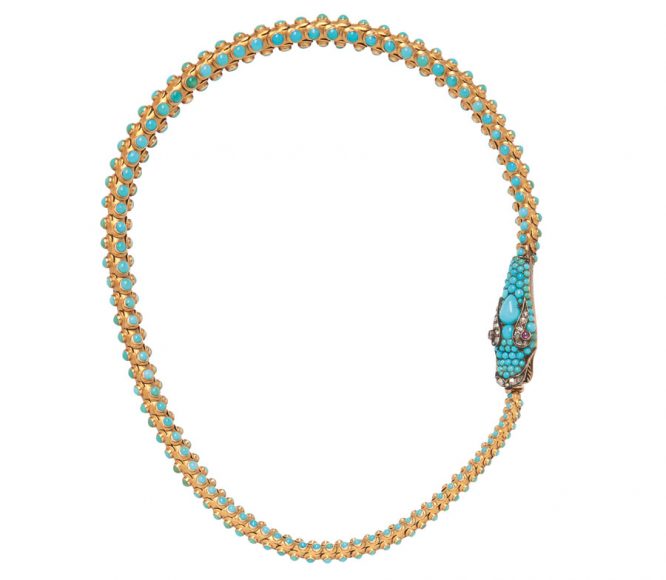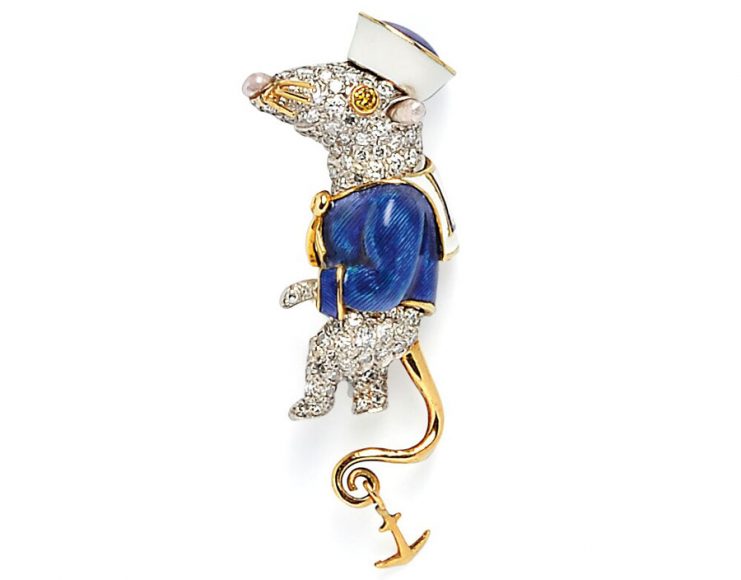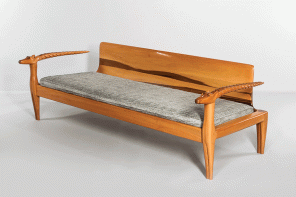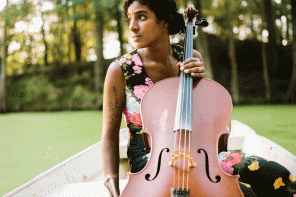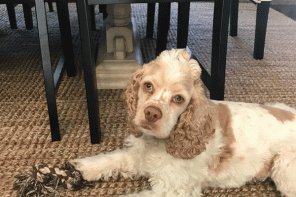Whether it’s called zoomorphic personal ornamentation or critter glitter, animals of all kinds have been a recurring motif in jewelry history. Their natural beauty and unique traits have inspired countless pieces, from the scarab beetles of ancient Egypt to David Webb’s zebras and frogs.
The perennial fascination with animal themes is also because certain mammals, birds, reptiles and even insects are regarded as symbolic of virtues or desirable characteristics — “brave as a lion,” “wise as an owl,” “busy as a bee.”
In the ancient world, the Greeks, Persians and Romans followed the Egyptians in prizing jewelry with animal motifs. One particularly popular Greek bracelet design featured snake and animal heads. Ancient Persian gold jewelry incorporated birds and lions, sometimes set with turquoise and other colored stones.
Jewelry incorporating animal motifs and materials from throughout the known world was widely worn by both men and women of Rome.
After the collapse of the Roman Empire, its colorful jewelry — set with glass as well as amethysts, pearls and emeralds — fell from fashion. But the Celts and Merovingians of northern Europe created their own jewelry designs, notable especially for bold stylized animal motifs. Financier-collector J.P. Morgan (1837-1913) was a connoisseur of jewelry from the incorrectly titled Dark Ages, and his collection gleams today in The Metropolitan Museum of Art.
Animal forms continued to appear in jewelry, again becoming particularly dominant in the Victorian period. It was a great age of exploration and scientific discovery and also a great period of interest in symbolism in the arts.
One motif that has appeared repeatedly is the snake, an emblem of renewal and everlasting love. Prince Albert gave Queen Victoria an engagement ring in the form of a snake, which he is said to have designed himself. It set a fashion that resulted in serpent rings, bracelets and necklaces that adorned many fashionable women in the 19th century.
The Art Nouveau and Edwardian movements emphasized free-flowing lines and themes from nature, with a special fascination for insects such as dragonflies and butterflies. The great designers René Lalique and George Fouquet created extraordinary fantasies that combined the best of design and workmanship with materials that included not only the traditional precious gems but colorful and unusual materials such as enamel, opals and baroque pearls.
Tremblants were another important manifestation of animal-themed jewelry in the late 19th and early 20th centuries. These ornaments, often in the shape of insects or birds glittering with small diamonds, were ingeniously mounted on tiny springs. Worn as brooches or placed in a lady’s high-piled coiffure, tremblants or tremblers seemed like living creatures that had decided to grace the ballroom or evening reception momentarily.
Inexorably, fashion changes. That’s what fashion does. But fashions in jewelry continued to employ animal themes. Starting in 1914, panthers became a signature motif for Cartier. The exotic beasts were part of a general craze for all things African, in both the fine and applied arts.
Cartier first employed a stylized panther pelt in an onyx and diamond pattern on a wristwatch, then used a more realistic animal to adorn a vanity case. The fully three-dimensional Cartier panther first appeared in 1948 in a brooch designed for the Duchess of Windsor. The gorgeous cat had many offspring that continue to adorn the Panthère de Cartier collection of watches, rings, bracelets and more.
Fine jewelers of the 20th and 21st centuries have continued to reinvigorate animal themes. Among the most eagerly sought-after examples are Bulgari’s Serpenti watches, bracelets and necklaces and Boucheron’s hummingbirds, foxes and hedgehogs.
In its long history, New York’s iconic Tiffany & Co. has produced a great many examples of jewelry with animal motifs, ranging from realistic to whimsical. Among the most desirable are the whimsical creations of Donald Claflin, a Tiffany designer between 1965 and 1977.
Claflin created a menagerie of playful pins, often based on animals from children’s literature. His witty birds, basilisks, walruses and his sailor-suited mouse Stuart Little, are superb continuations of the long lineage of animal-themed jewelry that continues to delight and adorn women today.


